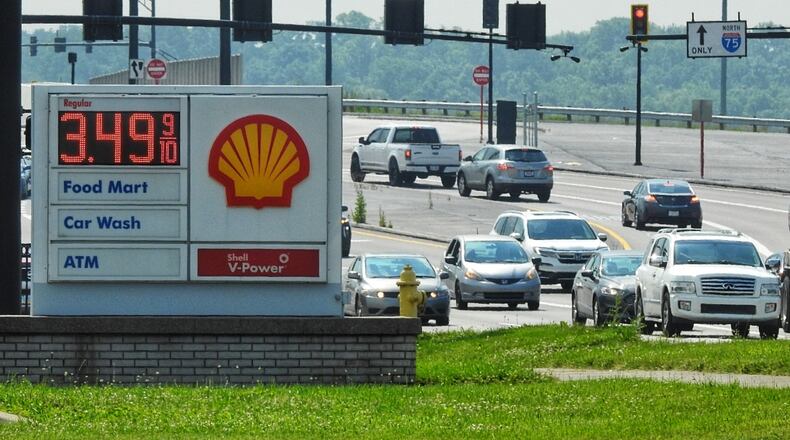OPEC and its allies have been discussing whether or not to expand oil production as travel resumes and global demand recovers. The organization has been unable to reach a deal despite multiple meetings late June.
“Robust gasoline demand and more expensive crude oil prices are pushing gas prices higher,” Jeanette McGee, an AAA representative, said in a statement. “We had hoped that global crude production increases would bring some relief at the pump this month, but weekend OPEC negotiations fell through with no agreement reached. As a result, crude prices are set to surge.”
In Ohio regular gas is averaging at about $3.04 compared to the national average of $3.13, according to AAA. Regular gas in the Dayton region is averaging $3.05, just above the state average.
“Ever since the start of the summer we anticipated prices will rise until potentially late July or early August simply because I think demand will plateau late July or early August along with the gas prices. By that time, we could see local prices get up to $3.25 a gallon, we’re not too far away from that now,” said Patrick De Haan head of petroleum analysis at GasBuddy.
During the pandemic, gas prices sank to $2.18 nationally and even lower in some areas. Since COVID-19 health restrictions lifted people are eager to get out and do activities and some are returning to work in person.
“Demand for gasoline plummeted and so did price, and oil companies reacted to that by cutting production. Now, in the last six months demand has surged but supply has not,” De Haan said.
While purchasing gas at more expensive prices may be a necessary evil, locals are feeling the pain at the pump. John Filmore was filling his vehicle at the BP gas station on Edwin C. Moses Boulevard where regular gas prices hovered around $2.96.
“The hike in gas prices is kind of tough now that we are able to get out in public. I understand the supply and demand part of it, but it doesn’t make it any easier,” Filmore said.
Sally Jamison of Kettering blamed the Biden administration for the gas prices.
“It’s kind of funny how the prices keep going up after Mr. Biden came into office. I know more people are using gas, but it seems like they don’t care about what it’s doing to us,” Jamison said.
The fuel prices are impacting the trucking industry.
Kevin Burch, vice president of Martin Transportation Systems in Dayton, said that fuel surcharges fall under the responsibility of the customer but has resulted in an increase in overall transportation costs.
“Yes, it is a strain, but we pass it along and that’s why consumers are paying more for everything,” he said. “It’s a calculation based on miles per gallon and the increase in the fuel index and we get adjustments. When that price goes up naturally the fuel surcharge goes up.”
About the Author


